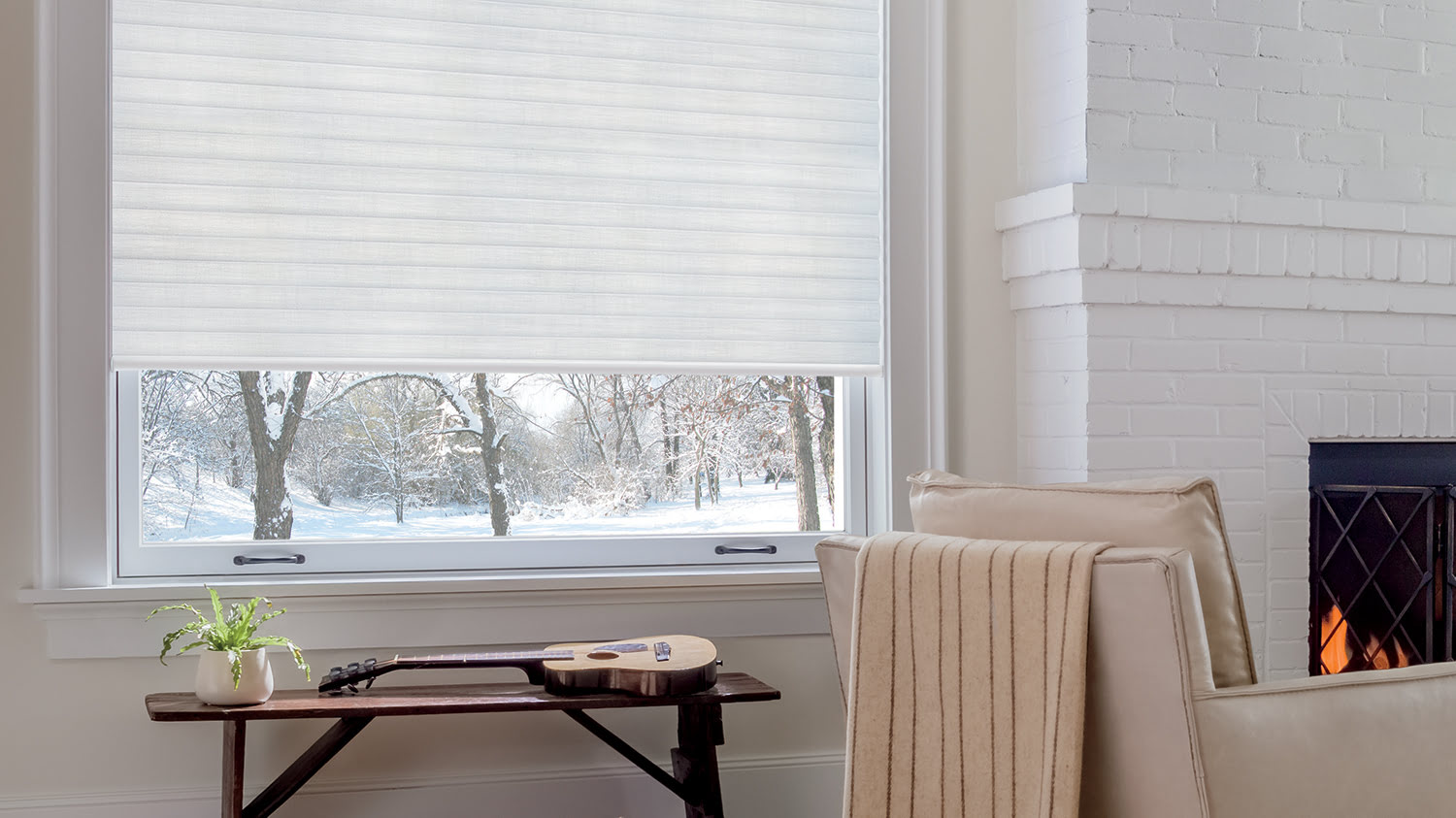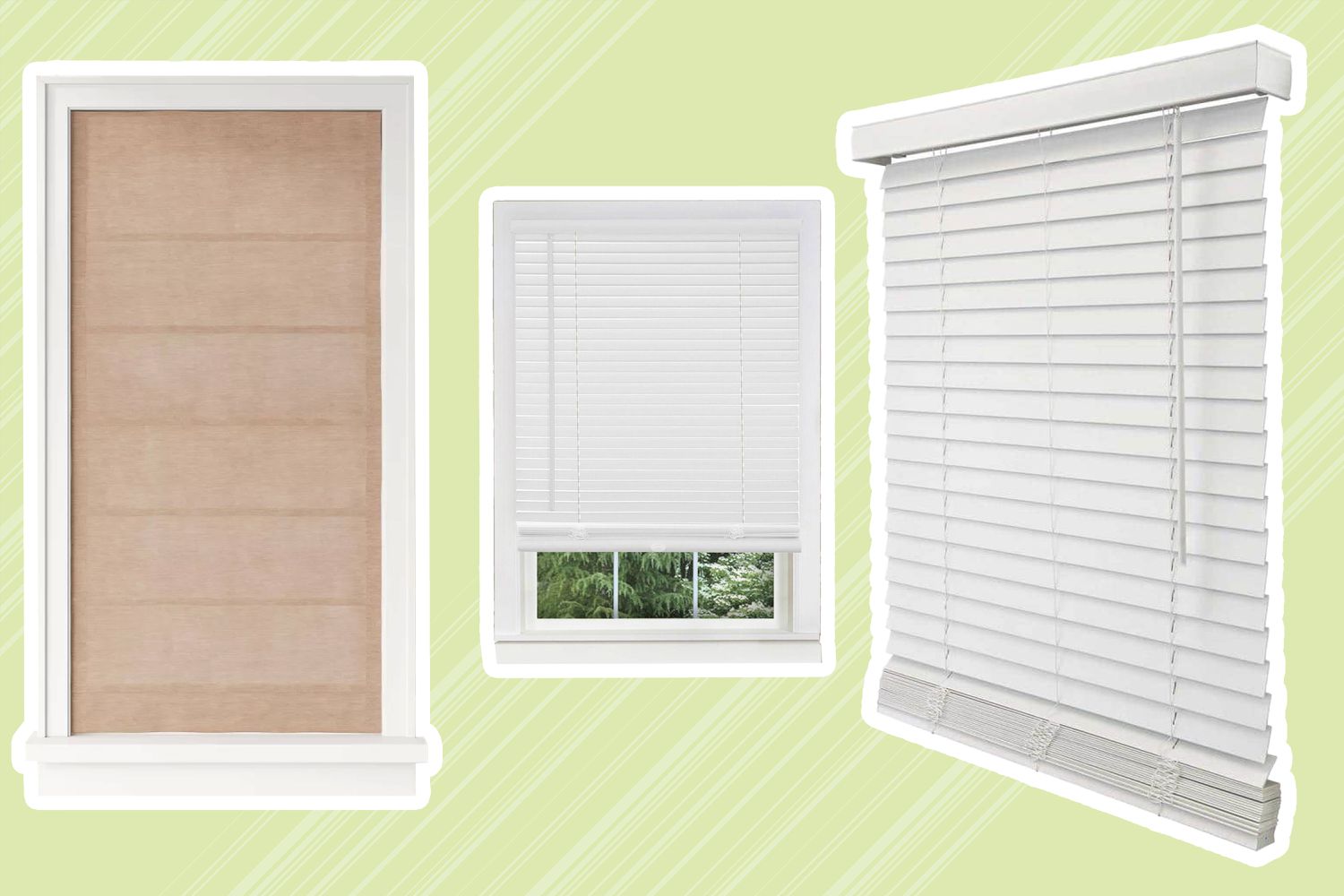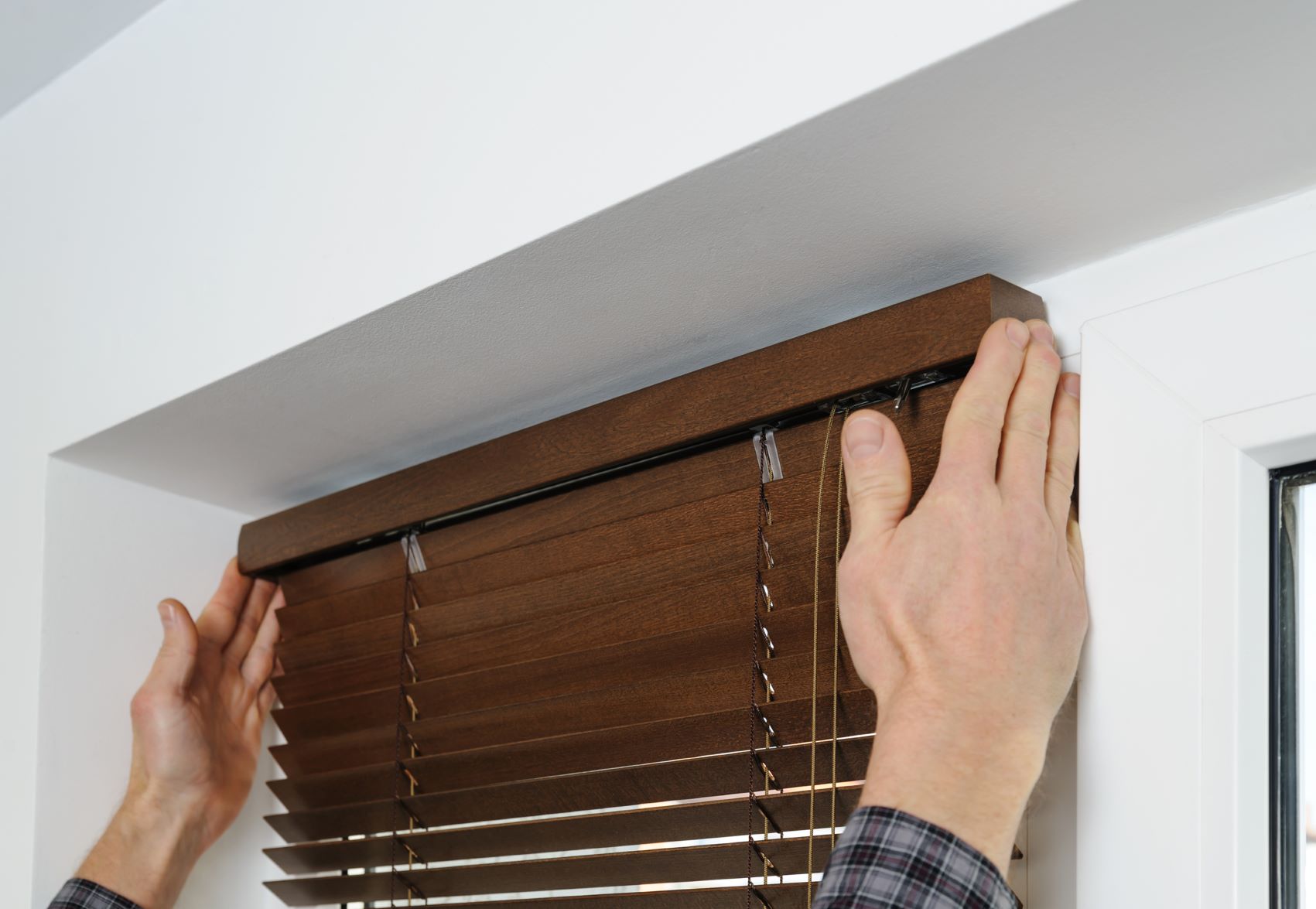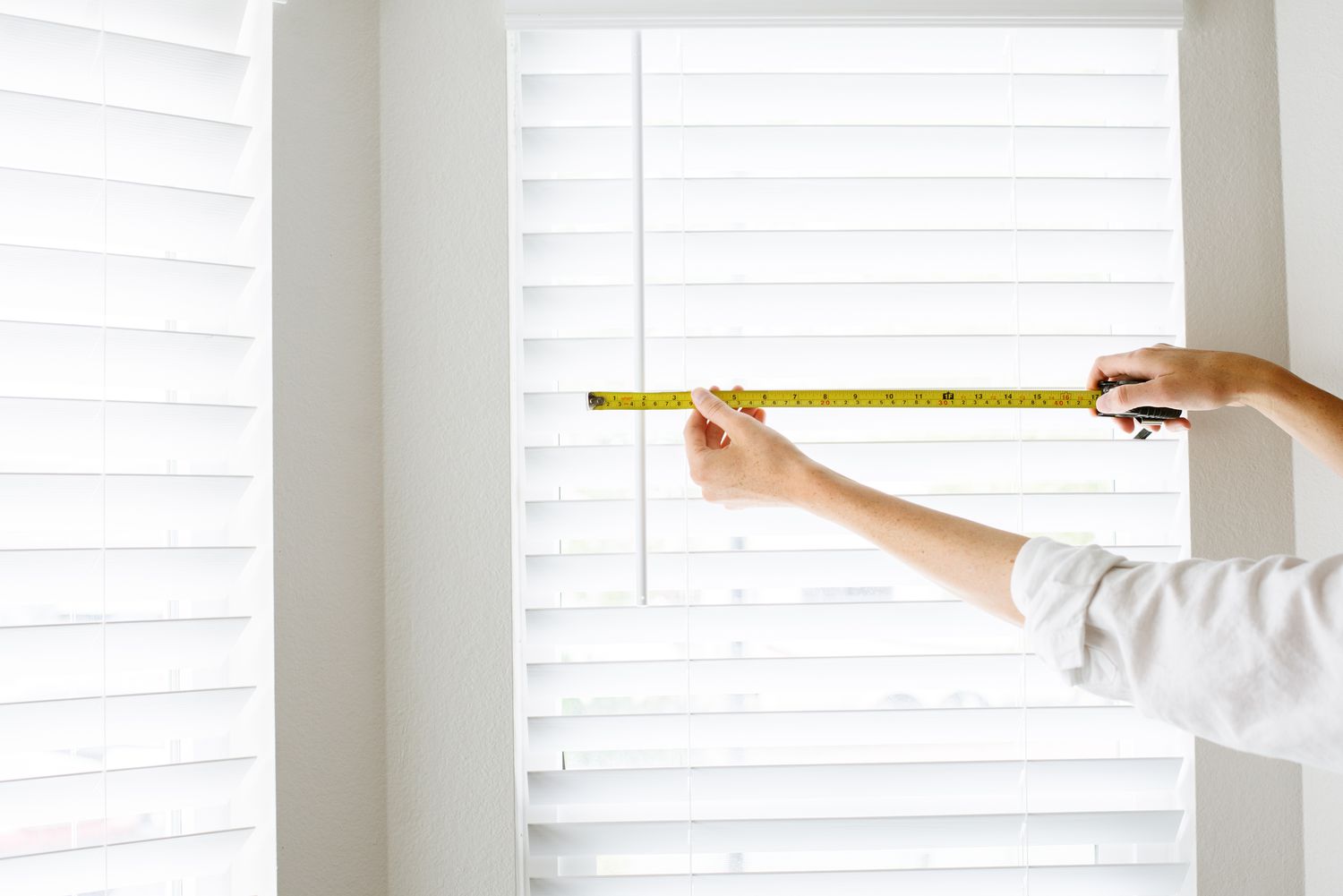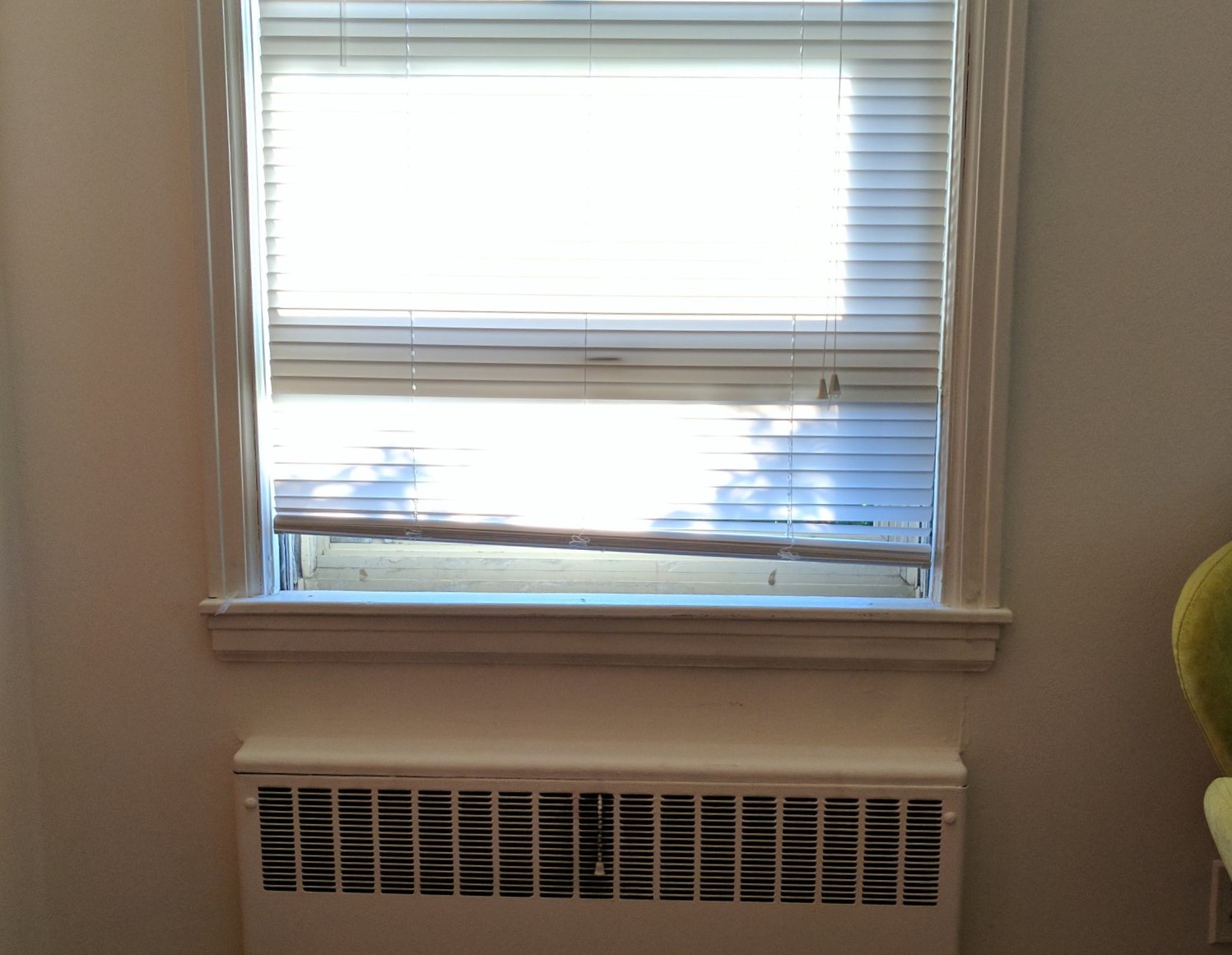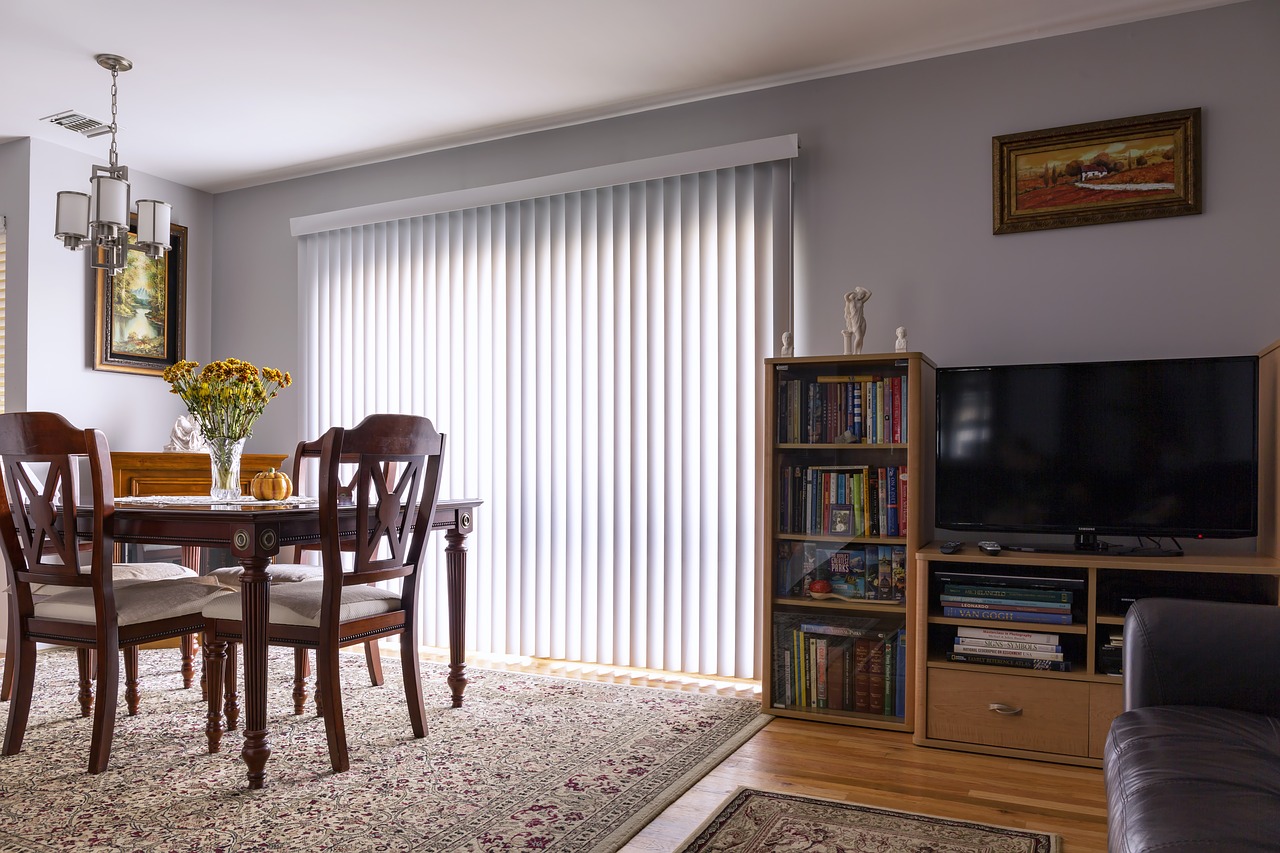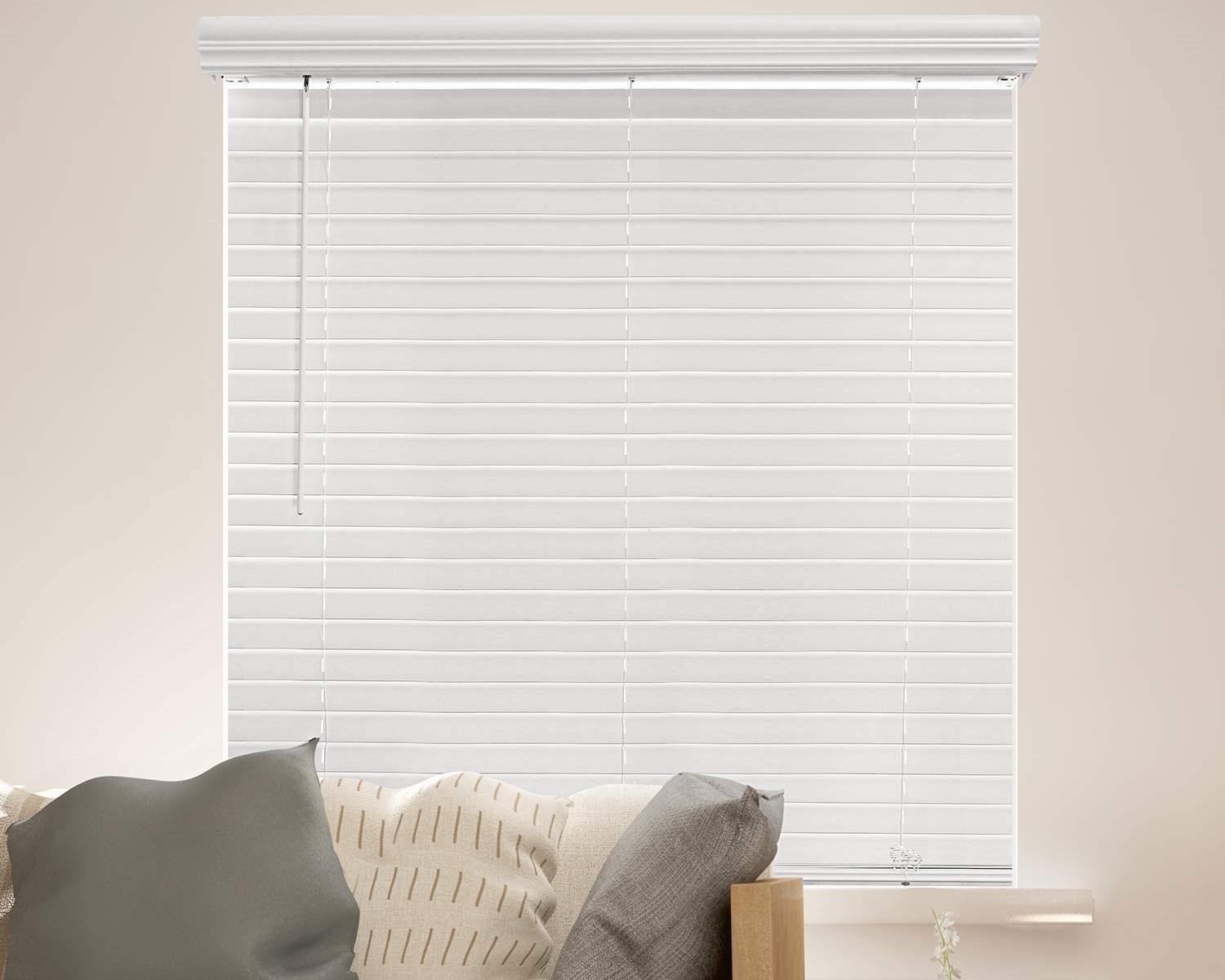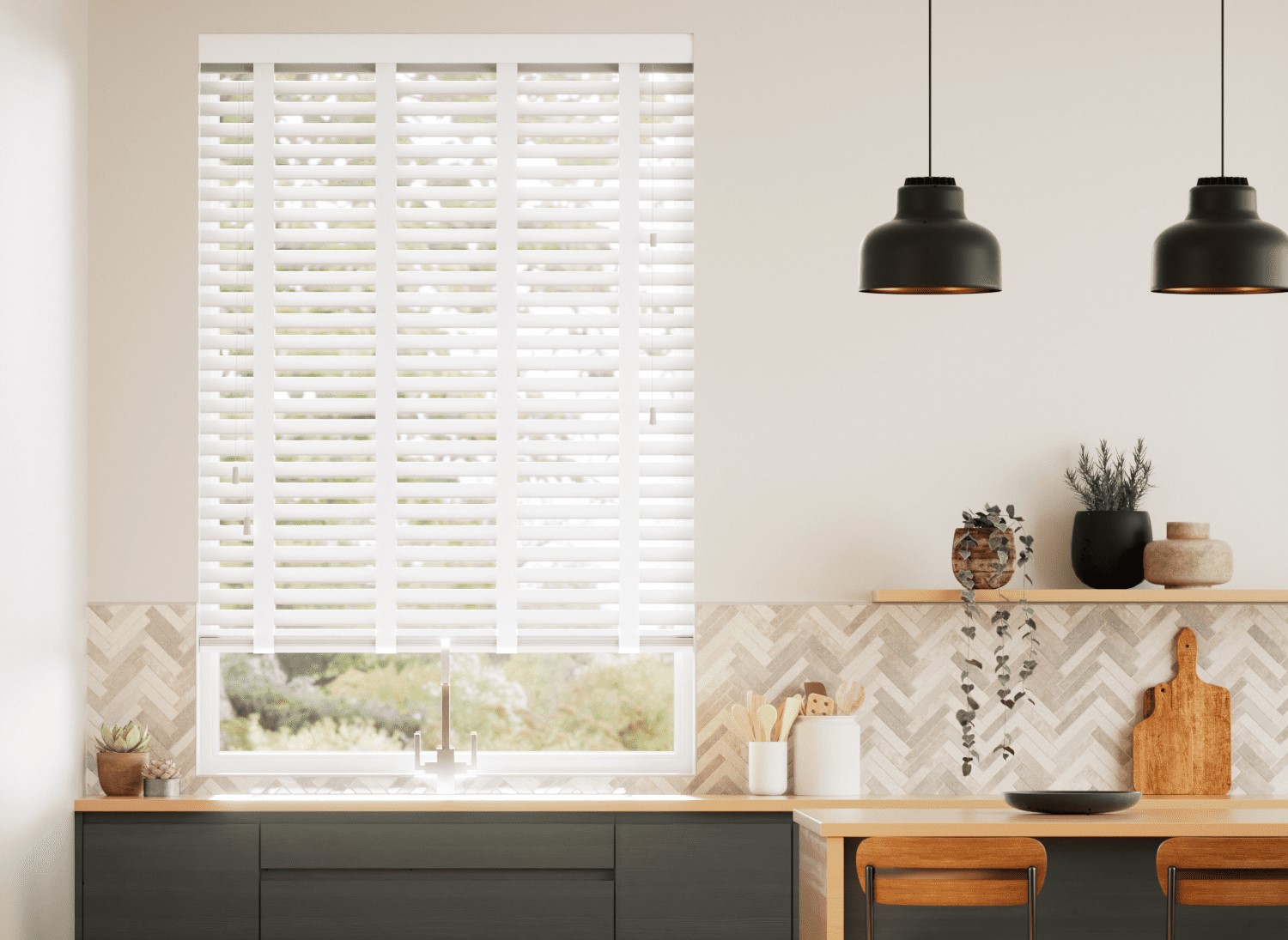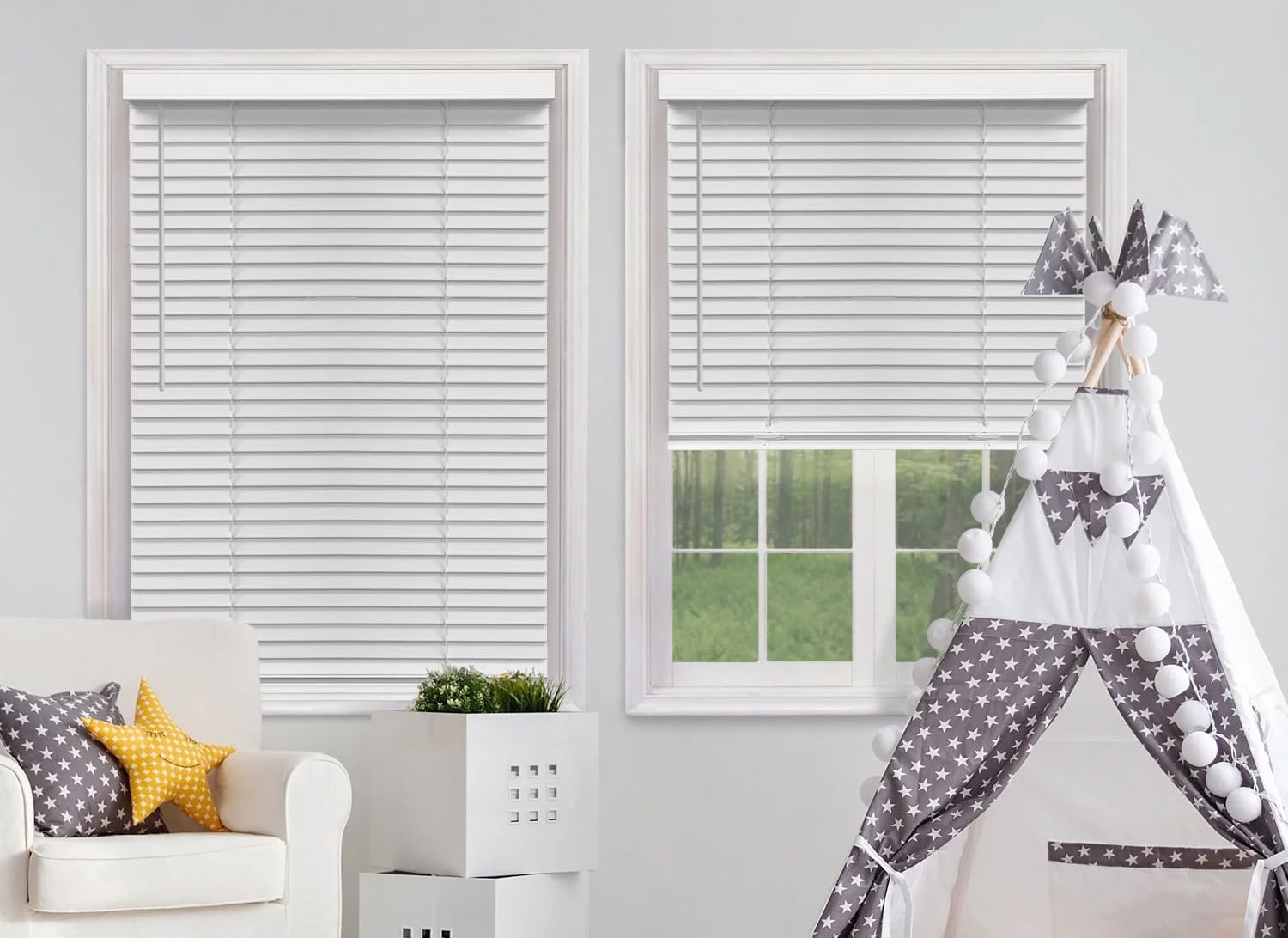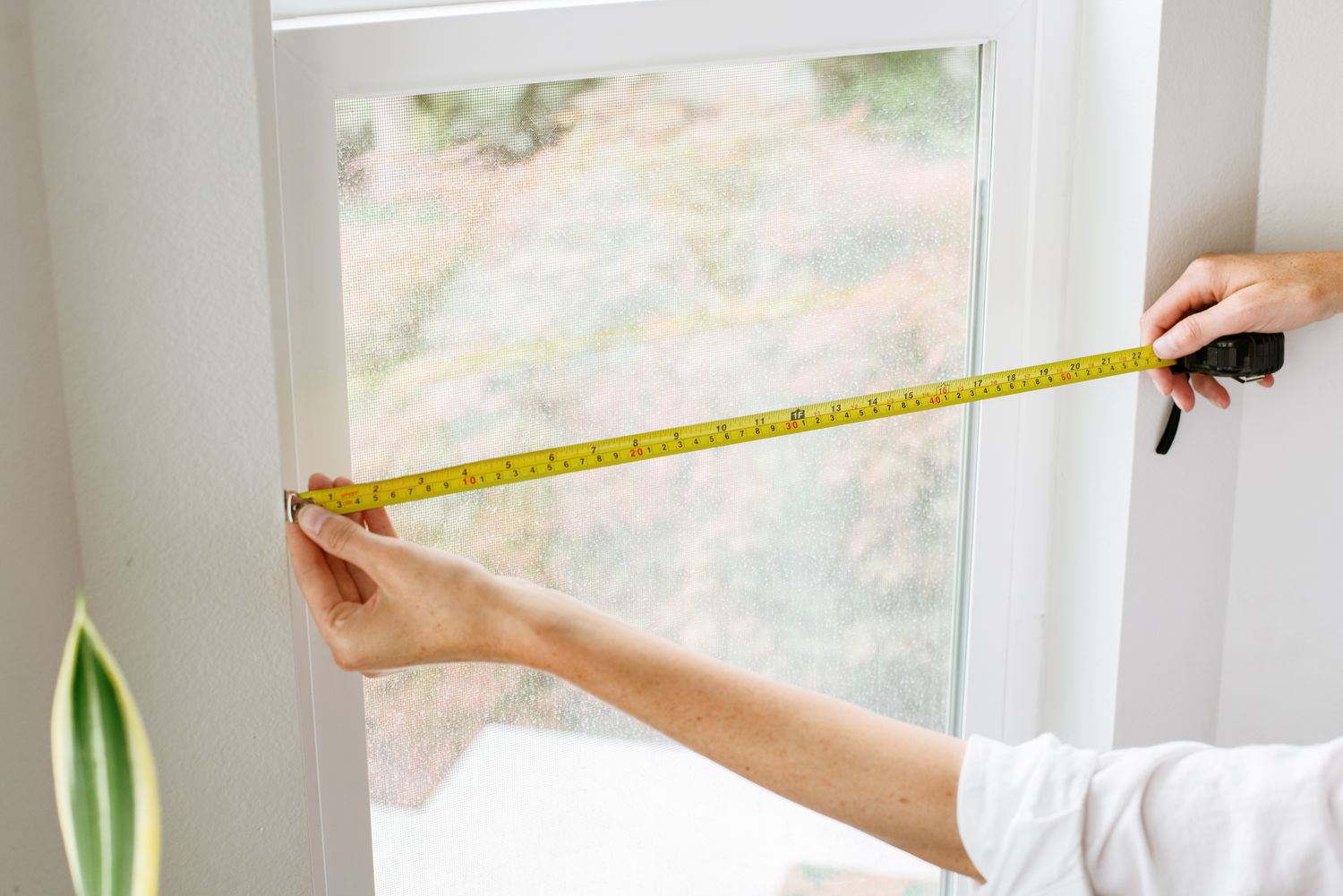

Articles
How To Measure Blinds For A Window
Modified: January 9, 2024
Learn how to measure blinds for a window with our informative articles. Get accurate measurements for perfect fitting blinds.
(Many of the links in this article redirect to a specific reviewed product. Your purchase of these products through affiliate links helps to generate commission for Storables.com, at no extra cost. Learn more)
Introduction
When it comes to decorating your home, window treatments play a crucial role in adding style and functionality to any room. Blinds are a popular choice for providing privacy, controlling sunlight, and enhancing the overall aesthetics of your windows. However, to ensure a perfect fit, it is essential to measure your windows accurately before purchasing blinds.
Measuring blinds for a window may sound like a daunting task, but with the right tools and guidance, it can be a breeze. In this article, we will walk you through a step-by-step process of measuring blinds for your windows, whether you are looking for inside or outside mount options.
Before we dive into the measuring process, it is important to gather the necessary tools. You will need a tape measure, pencil, notepad, and level. These tools will ensure accurate measurements and help you choose the right-sized blinds for your windows.
Now that you are equipped with the necessary tools, let’s dive into the step-by-step process of measuring blinds for your window.
Key Takeaways:
- Accurate measurements are crucial for perfectly fitted blinds. Gather the right tools, measure width, height, and mounting depth, and choose between inside or outside mount to enhance your window’s aesthetic and functionality.
- Consider aesthetics, privacy, and light control when choosing blinds. Explore various types, styles, materials, colors, and patterns to elevate your space with stylish and functional window treatments.
Read more: How To Remove Window Blinds
Step 1: Gather Necessary Tools
Before you begin measuring your blinds, it is important to gather the necessary tools for an accurate measurement. Here are the tools you will need:
- Tape Measure: A flexible tape measure is essential for measuring the dimensions of your window accurately.
- Pencil: A pencil will be used to mark the measurements on the window frame.
- Notepad: Having a notepad handy will help you jot down the measurements as you go, ensuring you don’t forget any crucial details.
- Level: A level will come in handy to ensure that the blinds are installed evenly and straight.
By having these tools readily available, you will be well-prepared to measure your blinds with precision and ease.
Step 2: Measure the Width of the Window
The first measurement you need to take is the width of the window. Follow these steps to measure the width accurately:
- Start by locating the inside edge of the window frame where you want to install the blinds.
- Extend your tape measure from one inside edge of the frame to the other, measuring the width in inches.
- Make sure to measure at three different points – the top, middle, and bottom of the window. This will account for any slight variations in width due to uneven frames.
- Record the smallest measurement out of the three. This will be the width you use when purchasing your blinds.
It’s important to measure the width accurately to ensure a snug fit for your blinds. By taking multiple measurements and recording the smallest one, you can be confident that your blinds will fit perfectly within the window frame.
Step 3: Measure the Height of the Window
After measuring the width, the next step is to measure the height of the window. Follow these steps to measure the height accurately:
- Locate the inside edge of the window frame where you plan to install the blinds.
- Extend your tape measure from the top inside edge of the frame to the bottom, measuring the height in inches.
- Similar to measuring the width, take measurements at three different points – the left, middle, and right side of the window. This accounts for any slight variations in height due to uneven frames.
- Record the largest measurement out of the three. This will be the height you use when purchasing your blinds.
Measuring the height accurately is crucial to ensure that your blinds cover the entire window and provide the desired level of privacy. Taking multiple measurements and recording the largest one will ensure that your blinds are long enough to extend from the top to the bottom of the window.
Step 4: Determine Mounting Depth
In order to properly install your blinds, it’s important to determine the mounting depth. The mounting depth refers to the amount of space available inside the window frame for the blinds to be mounted.
To determine the mounting depth, follow these steps:
- Measure the distance between the window glass and the front of the window frame. This is typically referred to as the recess depth.
- Make sure to measure at three different points – the left, middle, and right side of the window. Record the smallest measurement out of the three.
The mounting depth is crucial in determining whether you need to choose an inside or outside mount for your blinds. If the mounting depth is sufficient, you can opt for an inside mount, where the blinds are installed within the window frame. However, if the mounting depth is not adequate, an outside mount – where the blinds are installed outside the window frame – might be your best option.
By accurately measuring the mounting depth, you can ensure that your blinds are installed securely and fit perfectly within the window frame.
When measuring blinds for a window, always use a steel tape measure for accuracy. Measure the width at the top, middle, and bottom, and the height on the left, right, and center for precise dimensions.
Read more: How To Close Window Blinds
Step 5: Consider Inside or Outside Mount
Once you have measured the width, height, and mounting depth of your window, you will need to decide whether to go with an inside or outside mount for your blinds.
An inside mount refers to installing the blinds inside the window frame, while an outside mount involves installing them outside the frame, on the wall or window casing. Here are some factors to consider when deciding between the two options:
Inside Mount:
- Aesthetics: Inside mounts provide a clean and streamlined look as the blinds are neatly installed within the window frame.
- Frame Visibility: With an inside mount, more of the window frame will be visible, which can be desirable if you have attractive window trim or architectural features you want to showcase.
- Minimum Depth Requirement: Inside mounts require sufficient mounting depth within the window frame. Ensure that the measurement you took for the mounting depth meets the requirements for an inside mount.
Outside Mount:
- Privacy and Light Control: Outside mounts offer better light control and privacy as the blinds can fully cover the window opening.
- Window Size Illusions: By opting for an outside mount, you can create the illusion of larger windows, making your space appear more open and spacious.
- Window Obstructions: If your window has obstructions like handles or cranks, an outside mount is a better option to avoid interference.
Consider your preferences, the size and shape of your window, and any existing architectural details when determining whether to choose an inside or outside mount for your blinds.
Keep in mind that the decision between inside and outside mount will also influence the measurements you use when selecting and ordering your blinds.
Step 6: Record Measurements and Choose Blinds
Now that you have accurately measured your window and determined whether to go with an inside or outside mount, it’s time to record your measurements and choose the blinds that best suit your needs and style.
Start by recording all the measurements you took, including the width, height, and mounting depth. It’s essential to have these measurements readily available when shopping for blinds to ensure a perfect fit.
Next, consider the type of blinds that would work best for your window. There are various options available, including:
- Vertical Blinds: Ideal for larger windows and sliding glass doors, these blinds have vertical slats that can be tilted to control light and privacy.
- Horizontal Blinds: These blinds have horizontal slats that can be tilted or lifted to let in desired amounts of light.
- Roman Shades: Offer a soft and elegant look, these fabric blinds can be raised or lowered to control light and privacy.
- Roller Shades: Made of a single piece of fabric that can be rolled up or down, these blinds provide a sleek and minimalistic look.
Consider factors such as the amount of light control, privacy needed, and your overall design preferences when choosing the type of blinds.
Additionally, explore various materials, colors, and patterns available to match your existing decor and enhance the aesthetic appeal of your space.
Once you have chosen the type and style of blinds, you can now place an order, either online or through a local retailer, providing them with the accurate measurements you recorded.
By taking the time to record your measurements and carefully selecting the blinds that meet your requirements, you can confidently enhance your window’s aesthetic and functionality.
Read more: What Is Window Blinds
Conclusion
Measuring blinds for your windows is an essential step to ensure a perfect fit and enhance the overall look of your space. By following the step-by-step process outlined in this article, you can accurately measure your windows and choose the blinds that best suit your needs and style.
Remember to gather the necessary tools, including a tape measure, pencil, notepad, and level, to make the measuring process smooth and accurate. Take measurements of the width, height, and mounting depth, recording the smallest width and largest height measurements for precise fitting. Consider whether an inside or outside mount is more suitable for your window, based on factors like aesthetics and privacy requirements.
Once you have recorded your measurements, it’s time to choose the type of blinds that align with your preferences and functional needs. Explore various options, including vertical blinds, horizontal blinds, roman shades, and roller shades, and consider the materials, colors, and patterns available.
After making your selection, place an order using the accurate measurements you recorded to ensure a seamless installation and a stunning final result.
By taking the time to measure your blinds properly, you can transform your windows into stylish focal points that provide privacy, control sunlight, and add a touch of sophistication to your home.
So, grab your measuring tools and get started on elevating your windows with perfectly fitted blinds!
Frequently Asked Questions about How To Measure Blinds For A Window
Was this page helpful?
At Storables.com, we guarantee accurate and reliable information. Our content, validated by Expert Board Contributors, is crafted following stringent Editorial Policies. We're committed to providing you with well-researched, expert-backed insights for all your informational needs.


